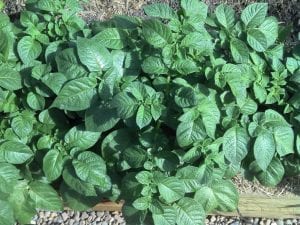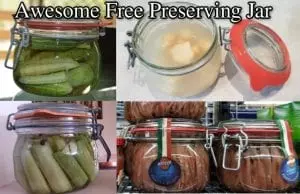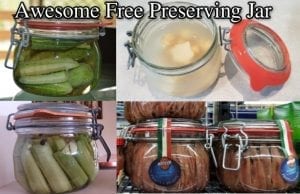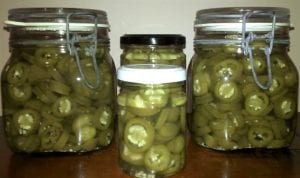There’s nothing more disheartening than seeing your carefully nurtured harvest fall prey to animal predators. After investing time in preparing the soil, growing from seed, nurturing plants to maturity, and witnessing the fruit’s development, it’s heart-breaking to have it all disappear overnight due to ‘unwanted visitors’.
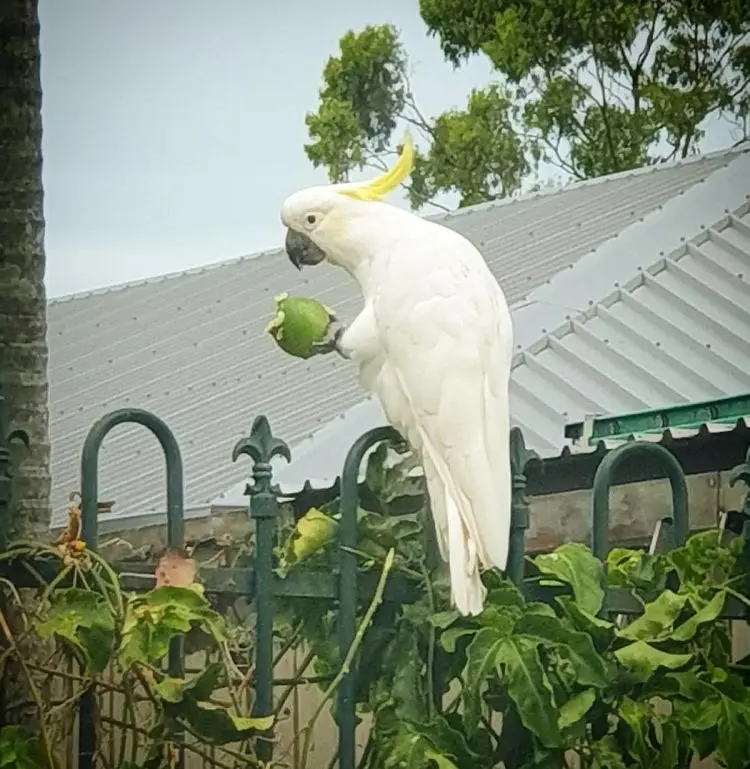
Combatting sizeable pests poses a significant challenge for home food gardeners. Depending on your location, the array of voracious critters can span from deer to moose, rats to mice, birds to fruit bats, possums to raccoons, and kangaroos to wallabies…not to mention the odd bush turkey or bin chicken . These larger pests have the potential to ravage an entire crop in a single night, indiscriminately targeting everything from greens and root crops to fruiting plants. Not only do they set their sights on our precious fruit, but their sheer size and weight can inadvertently harm neighbouring plants, even those they haven’t consumed. What makes matters worse is that the damage inflicted by these larger pests is often unforeseen, swift, and devastating. It can unfold overnight, catching you off guard with no warning and zero time to prepare.

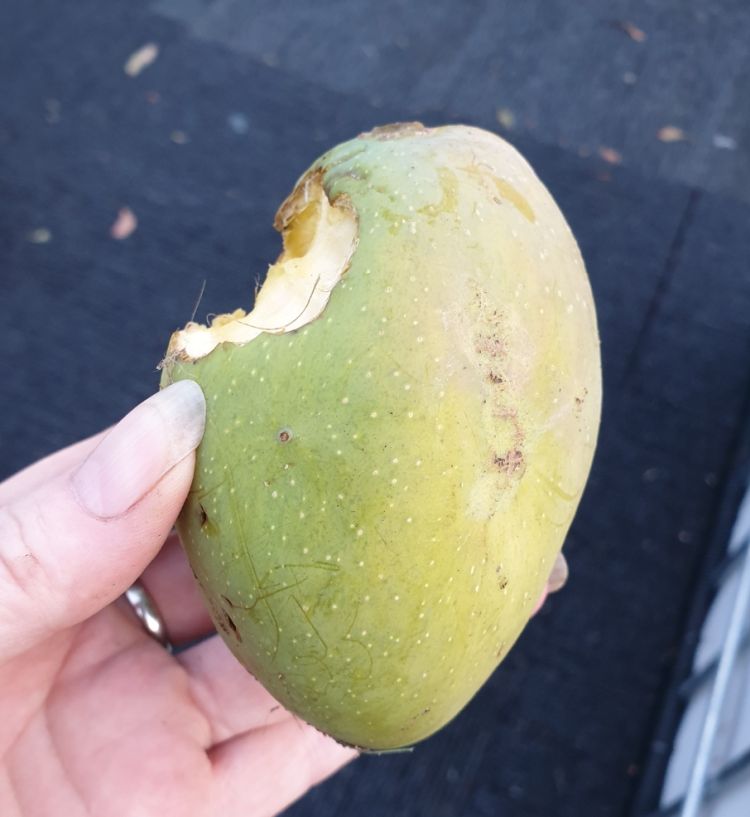

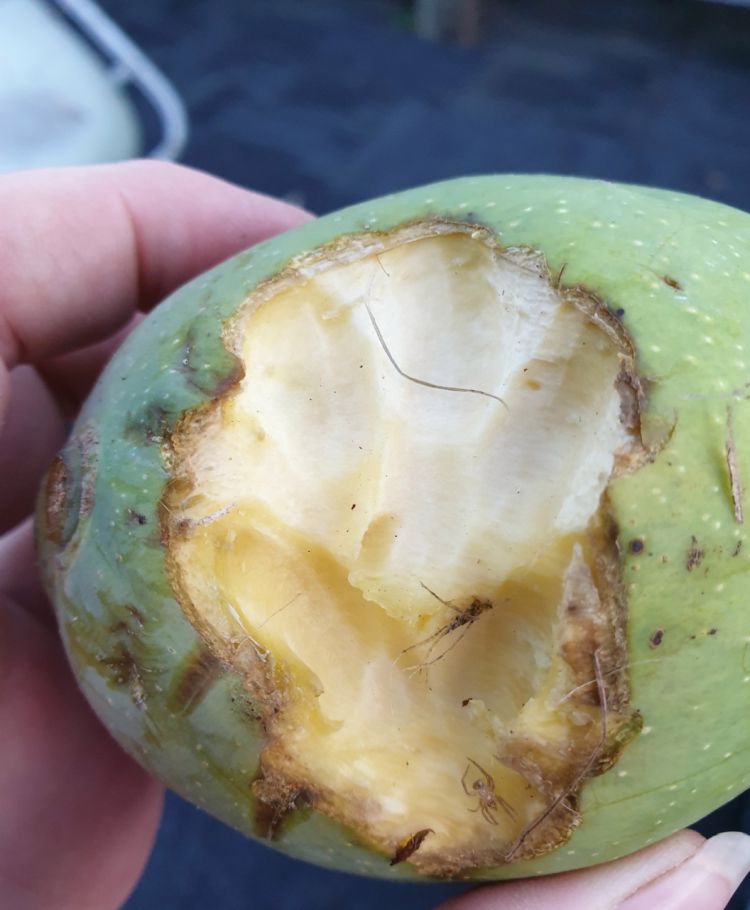
While supporting local wildlife is commendable, our primary goal is to cultivate food for ourselves. You might not mind sharing a little bit of your produce, but you need to have control over how much you share. Here are our top tips on ways to repel large pests organically in the garden.
In a Nutshell
Essentially, the organic options for avoiding large pest damage to your crops are either exclusion or aversion. That is to say, you can either divert the predators’ attention away from the garden area, or put up a physical barrier that prevents them from getting near your food plants. Home-made organic sprays are all well and good to repel small insects, but they can’t stand up to anything larger.
While there is no magic answer or secret cure, here are our best suggestions on how to repel large pests from your vegetable garden. No method is guaranteed results- any of these methods will be something of trial and error, as everyones individual circumstances can vary dramatically.

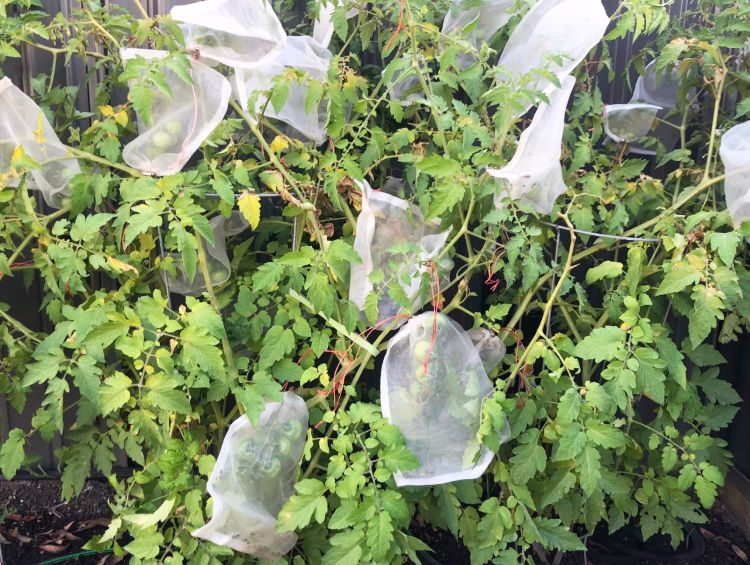
Bagging Individual Fruit
A widely employed method to keep pests out involves individually bagging fruit. While this is generally effective against small, destructive insects, it doesn’t always prove successful in deterring larger predators. Bagging fruit can be both time-consuming and tedious, and has variable success rates for a number of reasons.
The strength of bag materials varies significantly, as they are usually made from nylon, organza, cotton, or similar. Bags may break unexpectedly & be difficult to see, especially if hidden under foliage with a seam split. The size of pre-purchased bags can also be inappropriately large or small (see pic below), plus the drawstrings/ties may not close properly. Both of these factors may allow both small and large animal foes to eat your crop. Large predators can effortlessly chew through fabric, rendering it less reliable. A more robust alternative is opting for mesh or mesh bags made from metal. Animals find it nearly impossible to penetrate metal mesh, making it a superior choice against persistent intruders. You may need to fabricate your own bags, and use the mesh that is designed for making for window & door flyscreens.

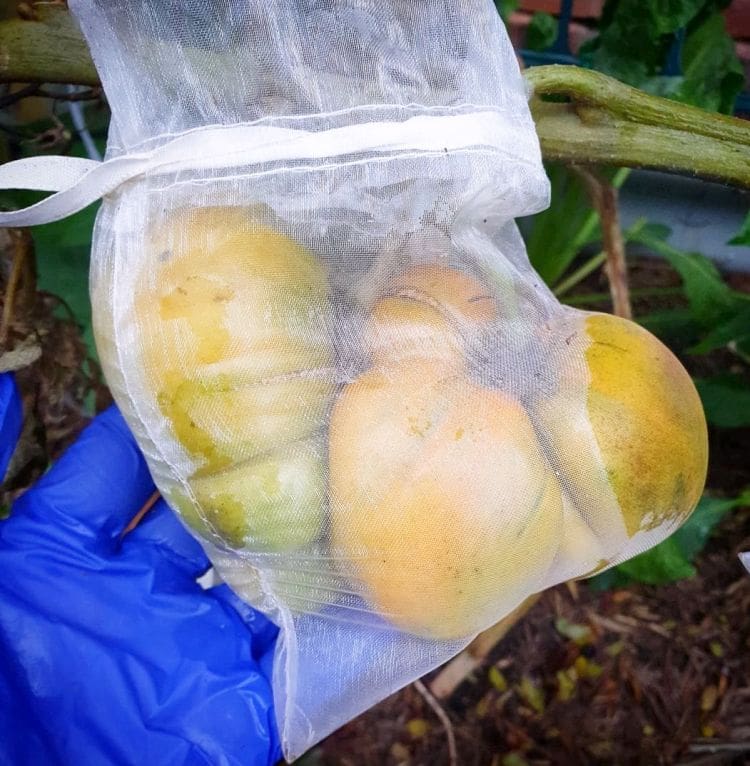
Digging & Burrowing Pests
Addressing pests that burrow and disrupt the soil demands a distinct approach. Whether it’s rats tunnelling down and feasting on your root crops or birds jeopardising and exposing delicate root structures by scratching into the soil, safeguarding the surface of your garden beds becomes paramount.

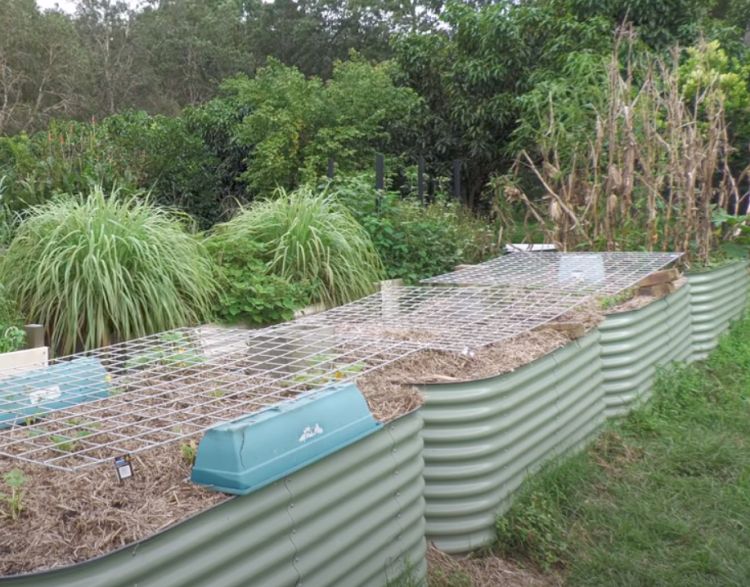
One effective method involves laying a sturdy metal grille or a piece of strong wire mesh across the soil, securely weighted down. Ensuring the mesh is sufficiently small and properly secured—either by pegging it into the soil or placing bricks on top—is crucial. Timing is key for this strategy, as it can only be implemented when the vegetable plants are in their early stages, requiring precision in execution.

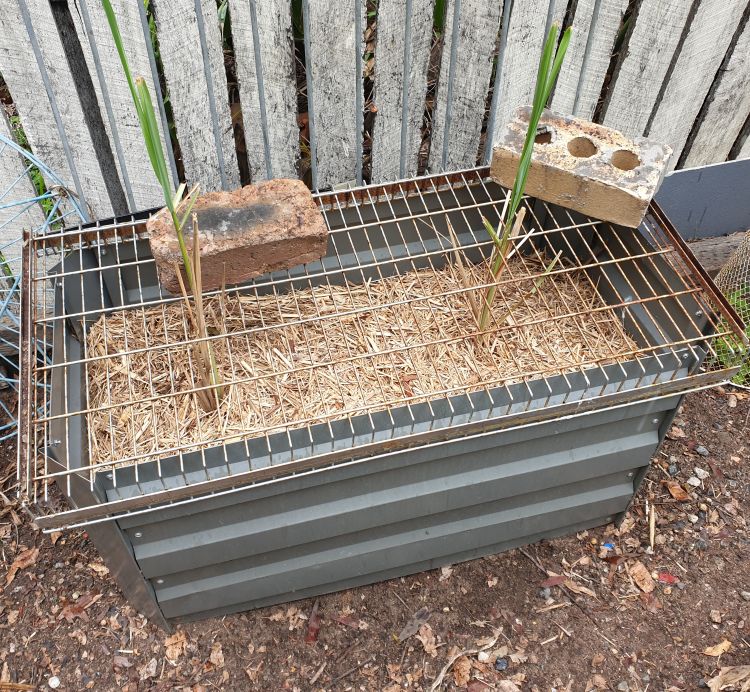
Covering entire garden beds or entire vegetable garden areas can be easier than individually bagging fruit and covering soil surfaces. This can involve establishing a greenhouse-like structure spacious enough to encompass multiple beds or individually netting each bed. Despite the huge variability in individual pest problems, microclimate conditions, and chosen materials, larger-scale netting or coverage is a highly effective approach for pest exclusion.

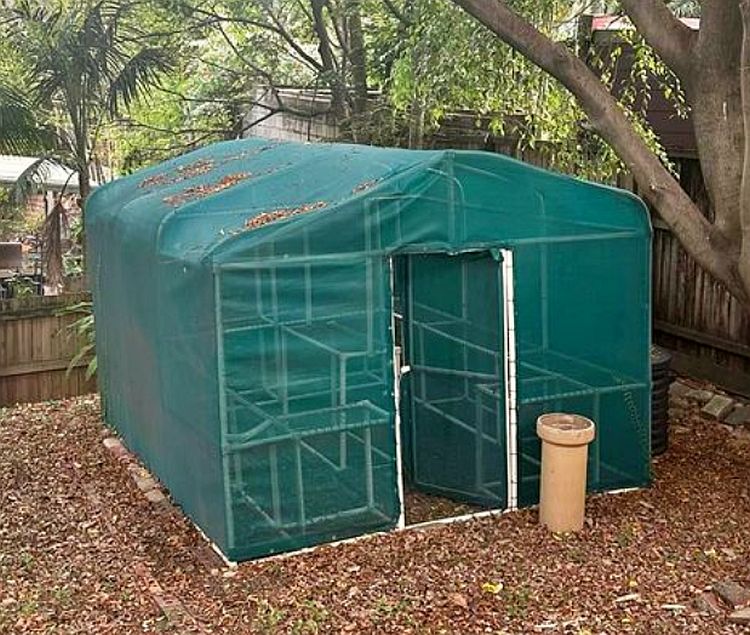
The only potential drawback is the inadvertent exclusion of beneficial insects and pollinators if impermeable materials are used. Opting for mesh or netting with a suitable gauge that’s stretched taut is optimal. This allows beneficial insects to access the area while minimizing the risk of native wildlife, such as birds, becoming ensnared in the mesh. For a detailed run-down of exclusion netting options, see our article here.

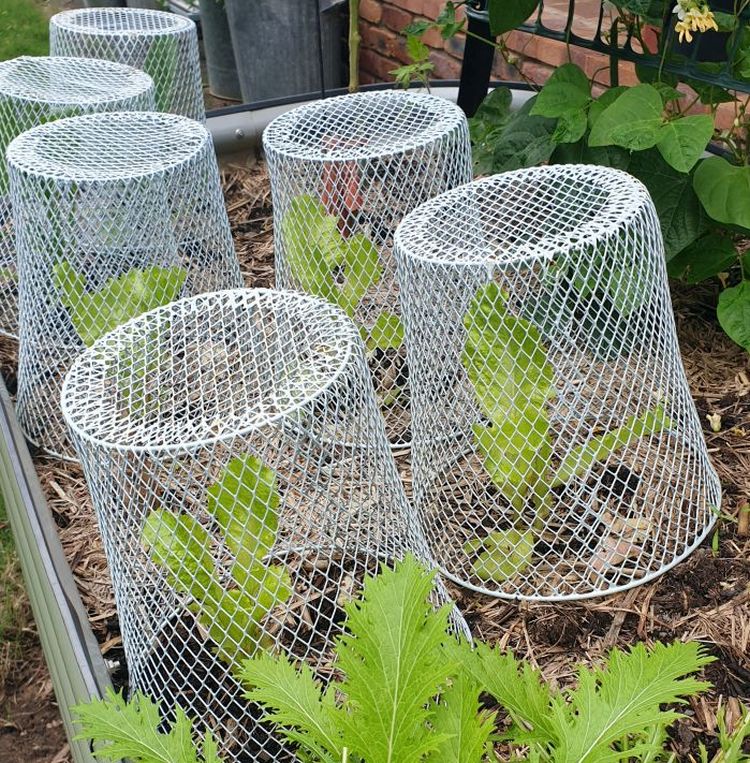

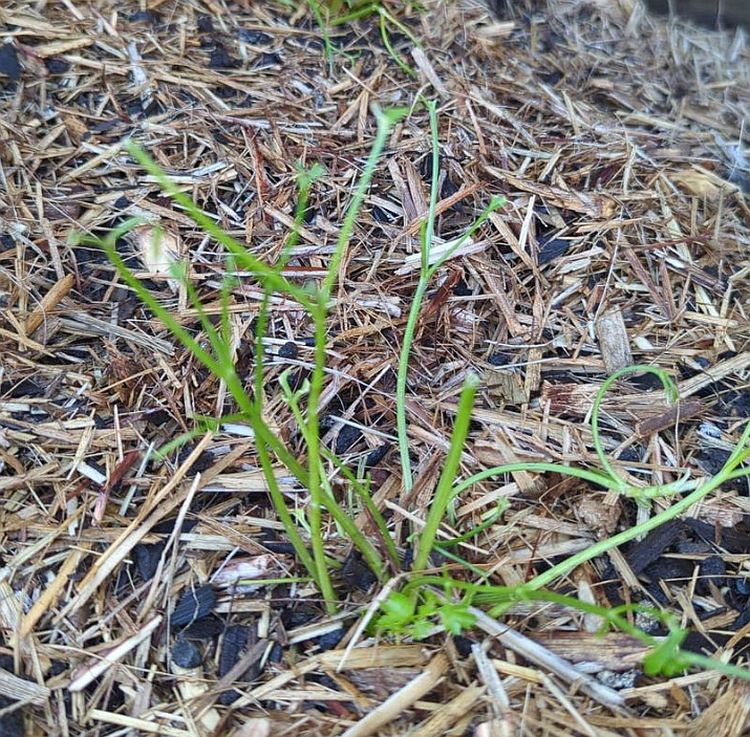
A variety of DIY solutions can be used when it comes to smaller exclusion structures- you’re only limited by your imagination. I made up these portable covers (shown below) with shade cloth and a few lengths of irrigation pipe, and constructed them with a heavy timber base so they don’t fly away in bad weather. You can make up your own covers from any number of bits and bobs that you might have lying around, and make them to the shape and size you require.

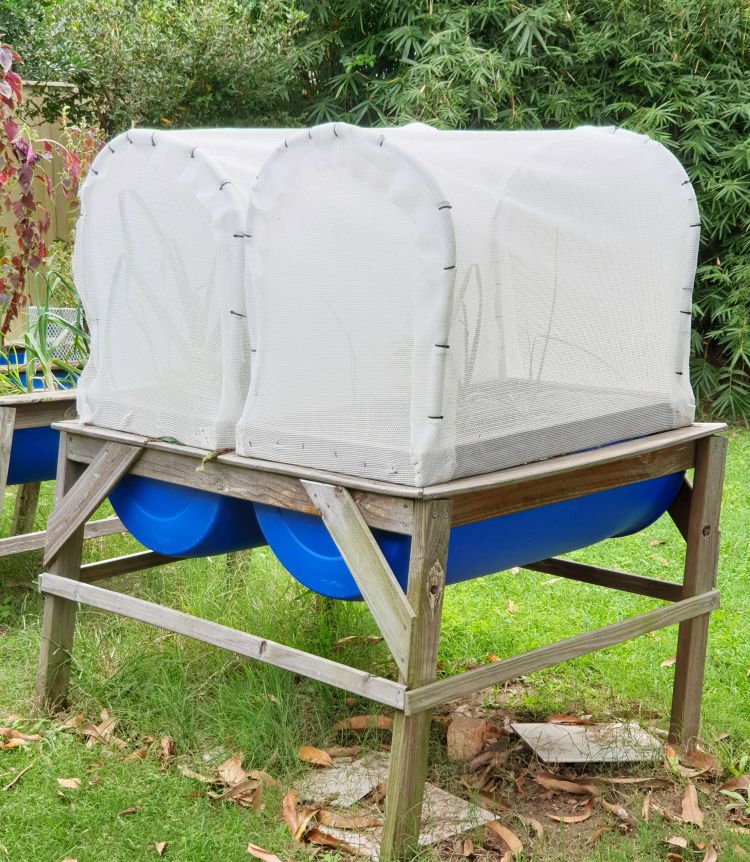
Fencing
Electric fencing is an excellent option for keeping all sorts of animals out of a vegetable garden. Traditionally a static system used in large gardens on acreage or in rural areas, small-scale portable electric fencing is now available and a viable option for the home gardener. While it doesn’t constitute a full enclosure, most electric fencing is around 4′ high and probably best for pests that walk on the ground, like deer, chickens, and moose.
Another trick is to make it difficult for pests to walk along your fences. This way, they’ll be put off entering your yard and/or eating any produce grown near fences. Planting a row of dragonfruit (or something similarly repellant), which is spiky and will grow over a fence, can be a good deterrent for possums.
Deterrents
There are a slew of both home-made and commercial products and deterrents which you can try in order to repel large pests organically in the garden. Some methods will work for you, some won’t. It comes down to individual circumstances, and quite often, just plain luck. Here are some solutions that you might be able to try.

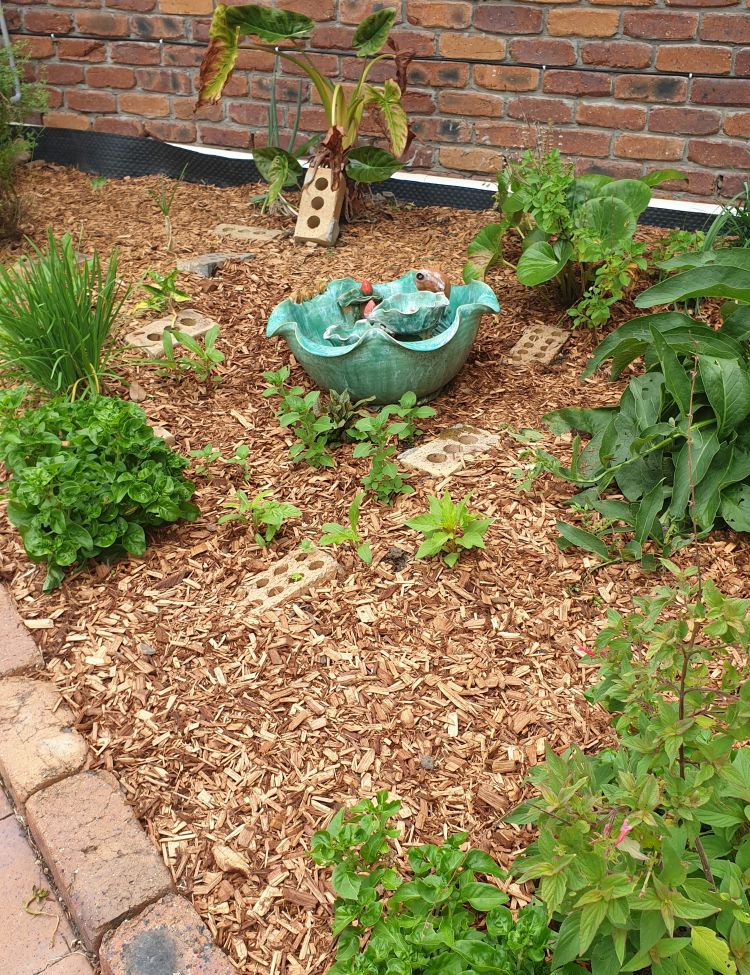
If rats are a problem, trapping them (humanely) with an old rubbish bin and peanut butter lure may work. Hosting a carpet python or having an outdoor cat can be effective on the right property. Mulching with cypress mulch has been known to deter rats and bandicoots because they don’t like the smell. Similarly, a ‘scent barrier’ can be formed by rubbing vaseline around tree trunks to deter pests. Lighting mozzie coils at dusk is another method of using scent to ward off the unwanted. Dogbane emits an unpleasant odour which is said to repel pests (I have it planted in my chicken pen), so it’s worth popping a couple of plants in problem areas.
Decoys
Decoy deterrents are usually used to repel flying predators. Birds taking blueberries is a prime example of this. Blueberries are a prime target for birds, as they are easy to see, easy to pick off, delicious, and small to carry. While many choose to net the entire bush, others prefer not to, as it does make picking the fruit much more laborious. Decoy devices such as hanging old shiny silver CDs from a few branches has been said to work, and here at Self Sufficient Me, we have found that reflective tape wound through blueberry branches works successfully.
Ultrasonic pest repelling devices are widely available online and at nurseries worldwide. While their efficacy is touted loudly, anecdotal evidence suggests mixed results. They work by emitting sounds of a very high frequency that are unpleasant for animals, but their usefulness has not yet been proven.


